Tests Of Grain Aeration To Cool And Dry Combine-Harvested Wheat By F. L. Fenton, C. O. Swanson, And Orval C. French At Kansas State University In 1930-31 Showed Mechanical Ventilation To Be More Effective Than Natural Draft Ventilation. Mechanical Aeration Was Further Developed In The 1940's To Prevent Moisture Migration, Which Caused Wetting And Spoilage Of The Top Layers Of Stored Grain. Studies In 1944-45 By Usda Agricultural Engineers G. W. French And W. V. Hukill Cooperating With Iowa State University Proved That Mechanical Aeration Prevented Moisture Migration. G. H.
2001
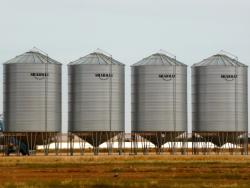

On 4 June 1783, Joseph Michel and Jacques Etienne Montgolfier captured the imagination of the world with their first balloon flight at Cordeliers Square. There were no passengers, but the Regional Council and the whole town population saw the machine go up and stay aloft at 500 meters for ten minutes. The scientific world raced to make use of the Montgolfiers’ discovery, and all accomplishments made since then by aeronauts, aviators, and astronauts can be traced directly to this site.
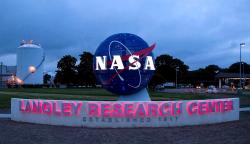
The Langley Memorial Aeronautical Laboratory, now the core of the Langley Research Center, was a unique facility that served as the nexus of aerodynamic research in the U.S. from its beginning in 1917 to its transformation into NASA’s Langley Research Center in 1958. It achieved world renown for its variety of specialized research tools and its staff’s emphasis on practical solutions to the problems of flight.

On 15 November 1950, the SSFL conducted its first official test with a Rocketdyne-designed XLR43-NA-1 large liquid propellant rocket engine, which later became the Redstone engine. Encompassing 2558 acres, 18 large static test stands, 5 component test laboratories and an advanced test facility, the SSFL and its dedicated employees have provided significant contributions to U.S. rocketry and space programs for over 50 years.

The federal government’s first physical science research laboratory was chartered by Congress on March 3, 1901, as the National Bureau of Standards, which became the National Institute of Standards and Technology in 1988. Recognizing the critical importance of chemical measures and standards, NIST established the Chemistry Division as one of its first programs.
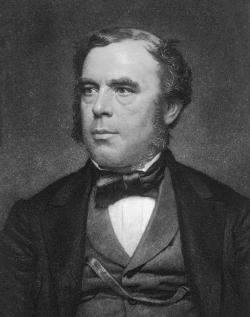
The American Chemical Society, the world’s largest scientific society, celebrated its 125th anniversary in 2001. Founded in 1876 in New York City, the Society now has 186 local sections in all 50 states, international chapters, and 32 technical divisions that bring together scientists with interests ranging from small business to environmental protection.
The text of the plaque commemorating the landmark reads:
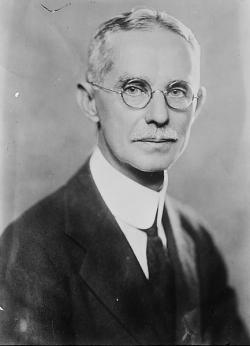
When Georgia chemist Charles Holmes Herty found a way to make quality paper from pine trees in 1932, he also founded an industry that brought much-needed jobs to the depression-crippled south. Paper producers had deemed the plentiful pine too gummy—until Herty's Savannah Pulp and Paper Laboratory wrote a new chapter in the ancient craft inspired by insects who built paper nests while dinosaurs roamed the earth. At its root, however, the papermaking process remained the same: the bonding of cellulose, a polymer whose long chains support plant cell walls.
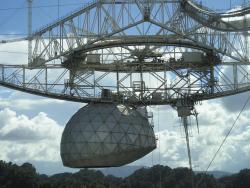
A drive system that keeps the antenna pointed with millimeter precision regardless of factors such as environmental change
The Arecibo Observatory has the largest radio telescope ever constructed. Maintaining the greatest electromagnetic wave gathering capacity of any telescope, it has been an essential tool in modern astronomy, ionosphere and planetary studies.
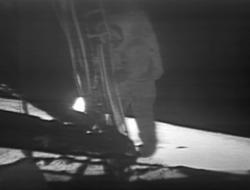
The demonstrated success in space flight is the result of electronic technology developed at Cape Canaveral, the J. F. Kennedy Space Center, and other sites. A wide variety of advances in radar tracking, data telemetry, instrumentation, space-to-ground communications, on-board guidance, and real-time computation were employed to support the U.S. space program. These and other electronic developments provided infrastructure necessary for the successful landing of men on the moon in July 1969 and their safe return to earth.
Innovations

The precision "choreographed" staging of Radio City Music Hall offers size and versatility, unlike any other. Built in 1932 by Peter Clark, its innovative elevator system is a forerunner of other stage designs (including the Metropolitan Opera House) as well as aircraft carrier systems built in…
Read More
Read More"The roundhouse is an amazing survivor of an important era in American engineering and architectural history. Eric DeLony, chief of the National Park Service's Historic American Engineering Record, has called it 'the most important surviving cast-iron framed building in North…
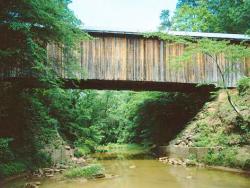
In 1894, Catawba County, North Carolina commissioners asked local landowners to build and maintain an 85-foot-long bridge across Lyles Creek. The community hired Andy L. Ramsour, who served as keeper of the Horseford covered bridge over the Catawba River in Hickory, North Carolina.
…
Read More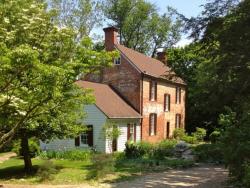
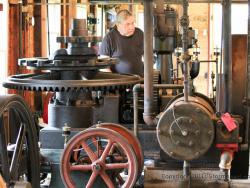
Early internal combustion engines produced only a few horsepower and were unable to replace steam engines in most applications until about 1890. By then, they were powerful enough for most portable or remote locations and many small manufactures. By 1900, they were replacing reciprocating steam…
Read More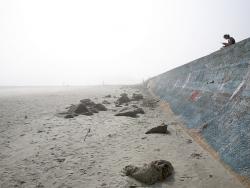
Galveston Island is a barrier island located two miles off the Texas coast. The island is about 3 miles wide at its widest and about 28 miles long. The Galveston Seawall extends over 10 miles along Galveston's oceanfront, protecting life and property against hurricanes and tropical storms. …
Read More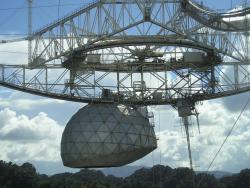
The Arecibo Observatory has the largest radio telescope ever constructed. Maintaining the greatest electromagnetic wave gathering capacity of any telescope, it has been an essential tool in modern astronomy, ionosphere and planetary studies. Several feats of mechanical engineering went into the…
Read More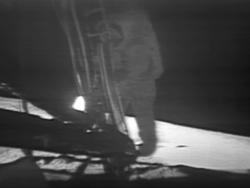
The demonstrated success in space flight is the result of electronic technology developed at Cape Canaveral, the J. F. Kennedy Space Center, and other sites. A wide variety of advances in radar tracking, data telemetry, instrumentation, space-to-ground communications, on-board guidance, and real…
Read More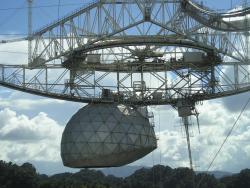
A drive system that keeps the antenna pointed with millimeter precision regardless of factors such as environmental change
The Arecibo…
Read More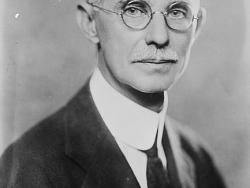
When Georgia chemist Charles Holmes Herty found a way to make quality paper from pine trees in 1932, he also founded an industry that brought much-needed jobs to the depression-crippled south. Paper producers had deemed the plentiful pine too gummy—until Herty's Savannah Pulp and Paper…
Read More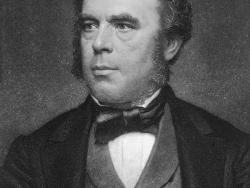
The American Chemical Society, the world’s largest scientific society, celebrated its 125th anniversary in 2001. Founded in 1876 in New York City, the Society now has 186 local sections in all 50 states, international chapters, and 32 technical divisions that bring together scientists with…
Read More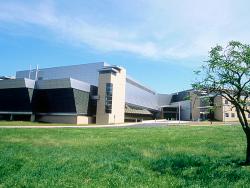
The federal government’s first physical science research laboratory was chartered by Congress on March 3, 1901, as the National Bureau of Standards, which became the National Institute of Standards and Technology in 1988. Recognizing the critical importance of chemical measures and standards,…
Read More
On 15 November 1950, the SSFL conducted its first official test with a Rocketdyne-designed XLR43-NA-1 large liquid propellant rocket engine, which later became the Redstone engine. Encompassing 2558 acres, 18 large static test stands, 5 component test laboratories and an advanced…
Read More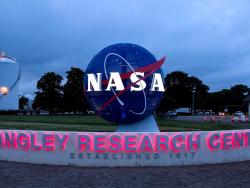
The Langley Memorial Aeronautical Laboratory, now the core of the Langley Research Center, was a unique facility that served as the nexus of aerodynamic research in the U.S. from its beginning in 1917 to its transformation into NASA’s Langley Research Center in 1958. It achieved…
Read More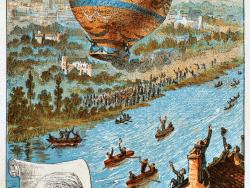
On 4 June 1783, Joseph Michel and Jacques Etienne Montgolfier captured the imagination of the world with their first balloon flight at Cordeliers Square. There were no passengers, but the Regional Council and the whole town population saw the machine go up and stay aloft at…
Read More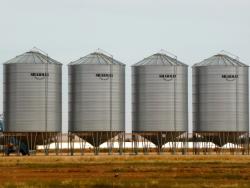
Tests Of Grain Aeration To Cool And Dry Combine-Harvested Wheat By F. L. Fenton, C. O. Swanson, And Orval C. French At Kansas State University In 1930-31 Showed Mechanical Ventilation To Be More Effective Than Natural Draft Ventilation. Mechanical Aeration Was Further Developed In The…
Read More

